可再生能源是当今增长最快的能源,在全球范围内的平均增长速度为
40 每年。风能和太阳能是为全球越来越多的绿色倡议提供动力的替代燃料。其中,太阳能是推动创新的最重要的可再生能源之一。随着污染和气候变化成为人们最关心的问题,太阳能已成为清洁、可再生能源的首选资源之一。
太阳能不仅能降低能源成本,还有助于减少我们对化石燃料的依赖。物联网技术的进步使太阳能成为一种清洁的解决方案,可广泛应用于各种领域。太阳能和IoT 的例子包括太阳能电动汽车充电站、生产和配送设备中的太阳能智能传感器以及太阳能汽车。
在这篇博文中,我们将探讨太阳能技术与IoT 如何在可再生能源领域结合成一对充满活力的组合,并通过 Digi 的一些客户案例来展示太阳能在当今的创新应用方式。您可以在 Digi 网站的 "客户故事"部分找到更多行业应用案例。

IoT 太阳能跟踪
P4Q 的 Suntrack® 就是太阳能管理的一个实例。作为光伏太阳能跟踪控制器领域的领导者,P4Q 使客户能够远程实时监控全球各地的太阳能电池板区域。Suntrack 的算法可根据日期和时间精确定位太阳的位置,并将天气预报因素考虑在内,它可与太阳能电池板下方的跟踪器控制装置进行通信,将太阳能电池板仔细地重新调整到最佳位置。
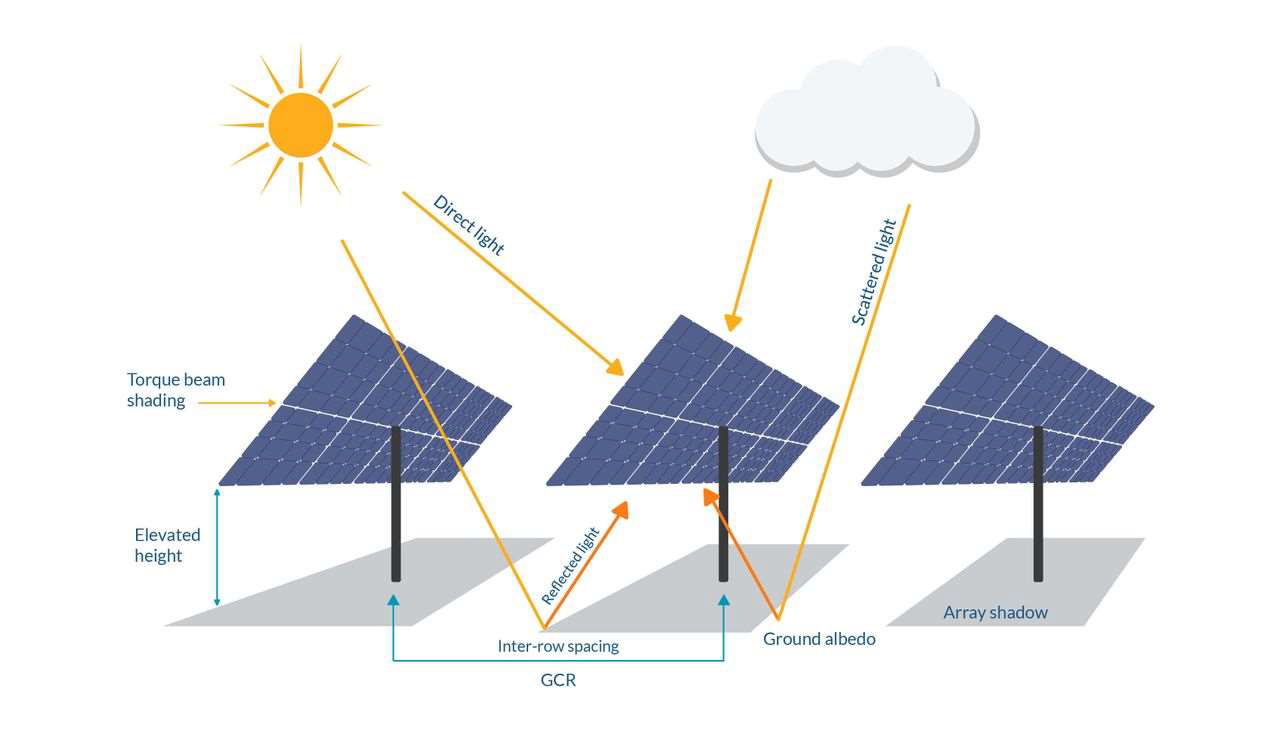
该系统与Digi XBee® 3 Zigbee 3.0 模块搭配使用,以紧凑、低功耗、小巧的外形增加了连接性。基于行业领先的技术,经过预认证的Digi XBee 3 可根据需要在多个频率和无线协议之间灵活切换。这使这家绿色公司有机会密切关注全球 1,150 多个光伏太阳能站点。
您可以在这里阅读 P4Q 的完整报道。
IoT 太阳能汽车
无论是开车送孩子放学回家,还是开车去北方的小木屋,汽车都是日常必需品。但是,我们对汽油车的依赖却是环境面临的最大挑战之一。汽车每加仑汽油会产生约19 磅二氧化碳。根据《国家地理杂志》的一项研究,汽车产生的空气污染约占美国空气污染总量的三分之一。"汽车排放的烟雾、一氧化碳和其他毒素尤其令人担忧,因为它们会在街道上留下尾气排放管,人类直接将污染的空气吸入肺部"。
汽车替代能源的未来会怎样?我们都知道,电动汽车越来越受欢迎。但你知道太阳能汽车也可能是一种解决方案吗?
如今,世界各地的学生团体正在通过设计未来的太阳能汽车,学习工程学、电子设计、无线通信等知识。让我们来看看其中的一些项目,它们为太阳能和IoT 的应用提供了很好的范例。
明尼苏达大学太阳能汽车项目
明尼苏达大学由学生运营的太阳能汽车项目旨在完善汽车设计,重新思考如何让人们仅使用车载太阳能电池板提供的电力就能高效、舒适、实用地出行。这些创新型汽车融合了从机械工程到电气工程和无线通信等多个学科,展示了我们有朝一日如何能够消除汽油动力汽车的巨大碳足迹。
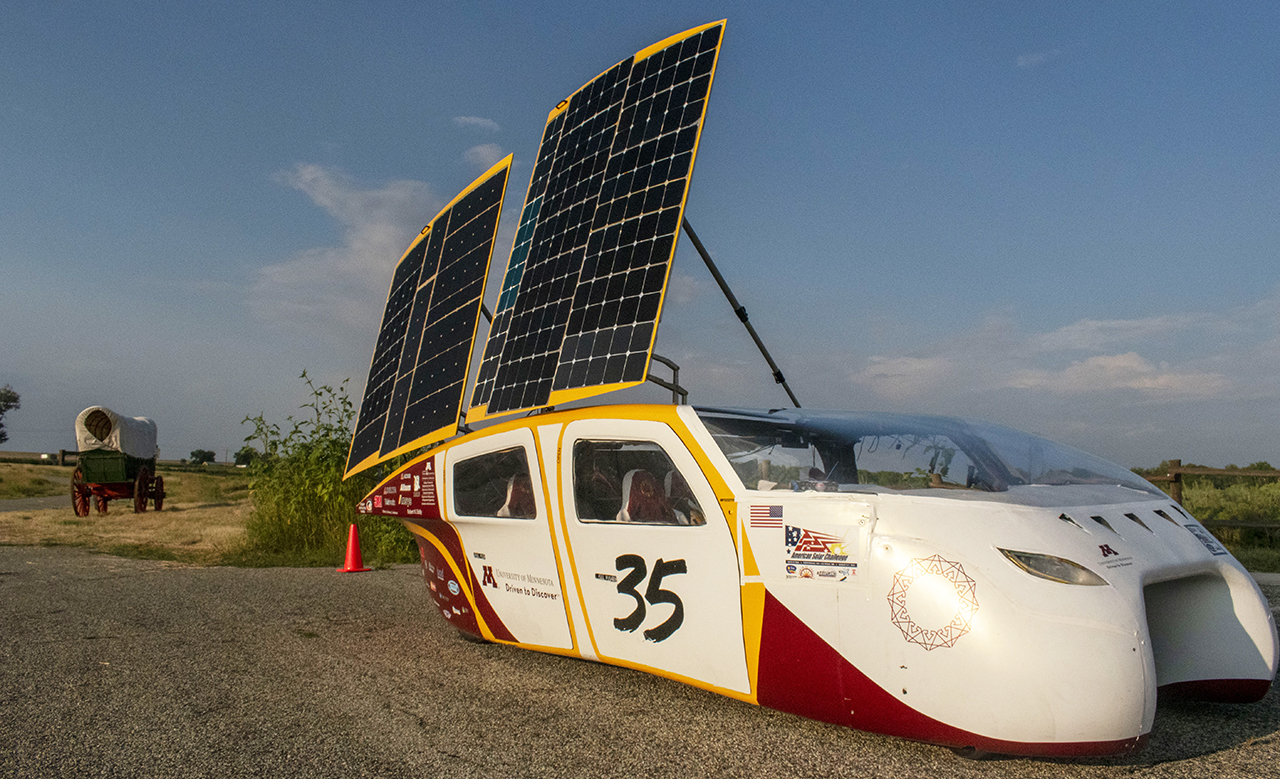
该团队运用其创新工程技术使太阳能汽车成为现实。XBee® 900 MHz调制解调器可帮助团队在测试和比赛期间跟踪关键数据。在该团队的历史上
- 从未有赛车未能获得参赛资格或完成比赛
- 他们曾在五个不同的国家参加比赛,并取得了激动人心的成绩:
您可在此阅读明尼苏达太阳能汽车的完整报道。
伊利诺伊太阳能汽车队
伊利诺伊太阳能汽车队 是太阳能发挥作用的又一典范。该团队是明尼苏达大学的竞争对手,他们设计、制造了独一无二的太阳能汽车,并参加了比赛。
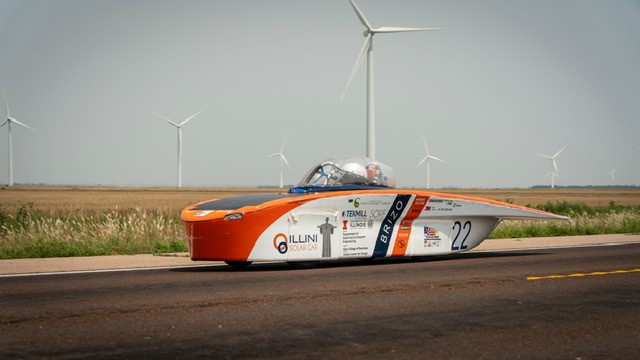
这些太阳能汽车参加的比赛时间很长,几天内要行驶约 1 500 英里。因此,对所有系统进行监控至关重要。这包括车辆的电机、电池消耗、温度传感器和电子设备。如果这些系统超过其安全区域,就会出现热失控,从而损坏电池。Digi XBee® PRO 射频调制解调器可帮助团队成员密切关注车辆,优化速度、距离和性能。
您可以点击这里阅读伊利诺伊太阳能汽车的完整报道。
AGH 太阳能船项目
正如AGH 太阳能船团队所展示的那样,太阳能发电并不局限于汽车。该项目由克拉科夫 AGH 科技大学的学生团队领导,旨在建造 100% 使用可再生太阳能的零排放电动船。

在该项目中,团队使用了Digi XBee® SX 868 射频模块的两个变体,这两个变体都具有工作距离远、数据传输速率高的特点。Digi XBee SX 868 模块的工作频率范围为 863-870 MHz,具有卓越的性能和抗干扰能力。这些灵活的模块采用 DigiMesh® 协议,也可使用点对多点协议。
如果 AGH 太阳能船团队的愿景能够实现,那么能够大幅减少污染的自主零排放船只可能会成为海上和内河运输的未来。利用传感器和先进的控制系统,这些船只可以完全自主航行。由于采用了光伏电池板和锂离子电池,它们不需要靠港装载燃料。所有这一切都使自主船成为一种无限航程的生态船。
您可在此阅读 AGH 太阳能船的完整报道。
太阳能在植被管理中的应用实例
即使在阳光明媚的日子里,如果光伏太阳能电池板被草丛、杂草和其他野生植被遮挡,也无法产生环保电力。总部位于圣安东尼奥的Renu Robotics 公司正在彻底改变太阳能设施的植被管理方式。该公司利用先进的自主电动割草机器人,帮助公用事业规模的太阳能发电厂控制杂草和其他植被的生长,防止它们遮挡太阳能电池板。
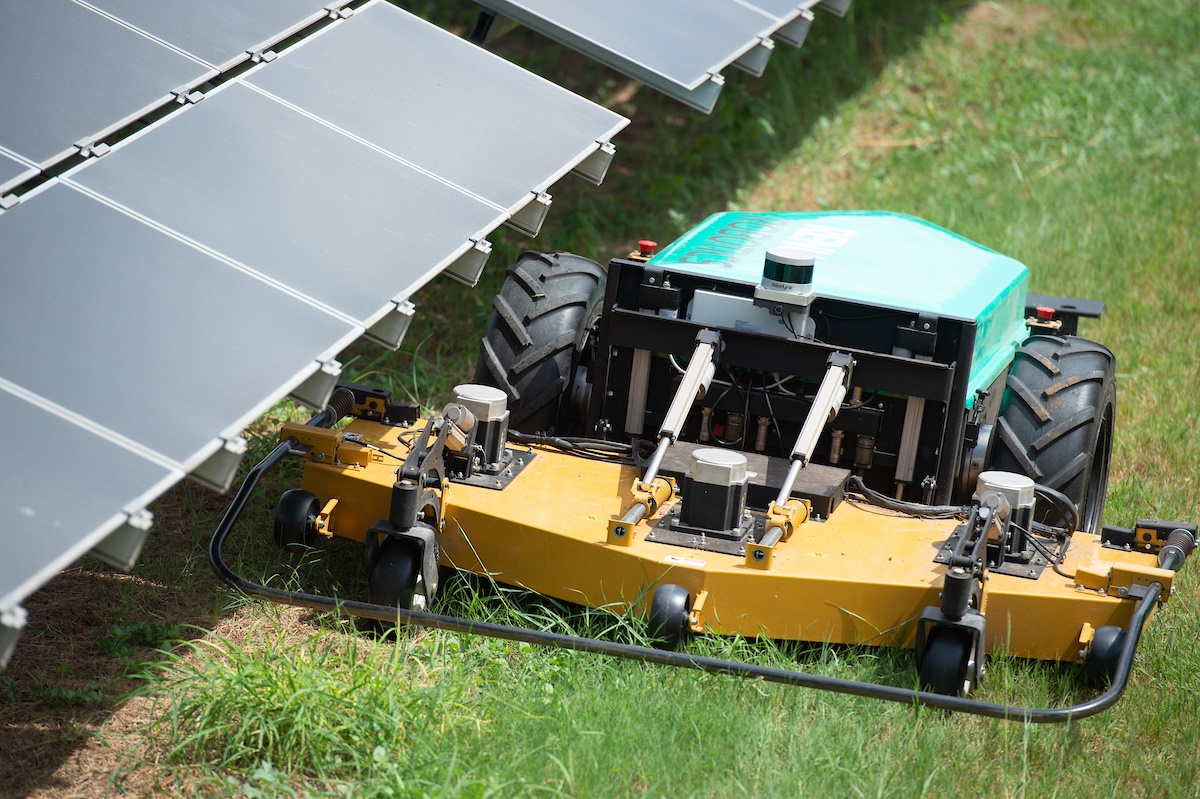
Renubot "是一种割草机/拖拉机,它利用人工智能、大功率电池、无线通信和远程管理功能,在一排排光伏传感器之间进行割草,使植被保持在可接受的长度。Renubot 配备了Digi XBee® PRO 900HP集成无线通信技术,这是一种嵌入式模块,可为设备提供一流的无线连接。利用Digi XBee 900HP PRO 的网状网络功能、简易集成和支持的频率范围,Renubot 可以横跨数百英亩的土地。
您可在此阅读 Renu Robotics 的完整报道。
住宅应用中的太阳能管理实例
夏威夷是美国最依赖化石燃料的州之一,因此需要改变。要实现更光明的未来,就必须完全依靠太阳能和风能等可再生替代燃料,但这怎么可能呢?为了更有效地收集和分配太阳能,E-GEAR 在Digi 无线设计服务公司的帮助下开发出了创新型能源管理控制器。在太阳能和IoT 等项目的帮助下,我们可以帮助实现夏威夷的清洁能源计划,即到 2045 年将第 50 个州过渡到 100% 使用清洁能源。
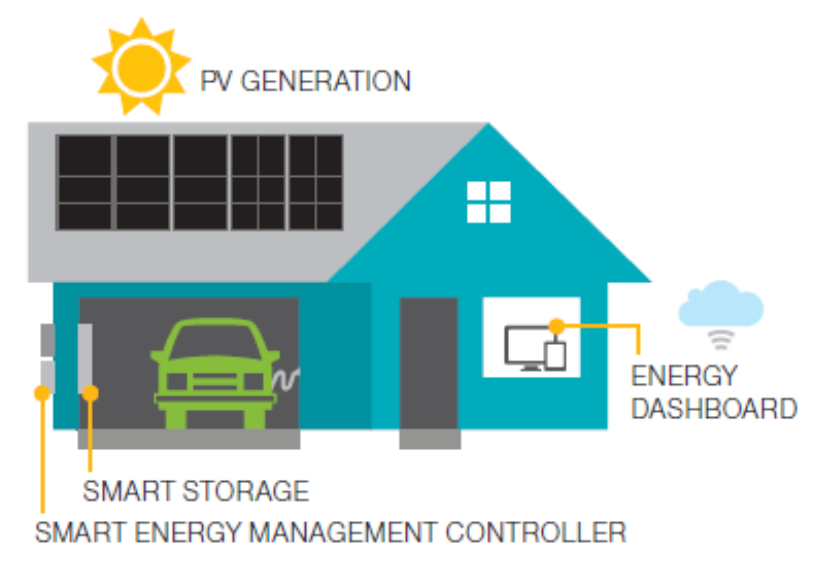
能源管理控制器 (EMC) 包括专有软件,可计算能量流,并对太阳能发电和家庭用电的实时波动进行补偿,从而捕捉多余的能量或向电网输出足够的电力,以平滑发电/用电的变化。EMC 还包括云连接和仪表板控制,使房主和电力公司都能查看实时数据、远程控制系统并采取适当措施。
您可在此阅读 E-GEAR 的完整报道。
扩大第三世界太阳能发电的可能性
在非洲撒哈拉以南地区,大约有 5 亿人生活在用不上电的环境中。在偏远和不发达地区安装电网面临诸多挑战。Devergy是一家社会企业,致力于为发展中国家的低收入人群提供负担得起的可靠能源,是太阳能回馈社会的典范。这项服务成立于 2010 年,以村庄规模的能源微电网为基础,为家庭和企业提供太阳能电力,供电灯等日常用品以及冰箱、电视机和收音机等电器使用。
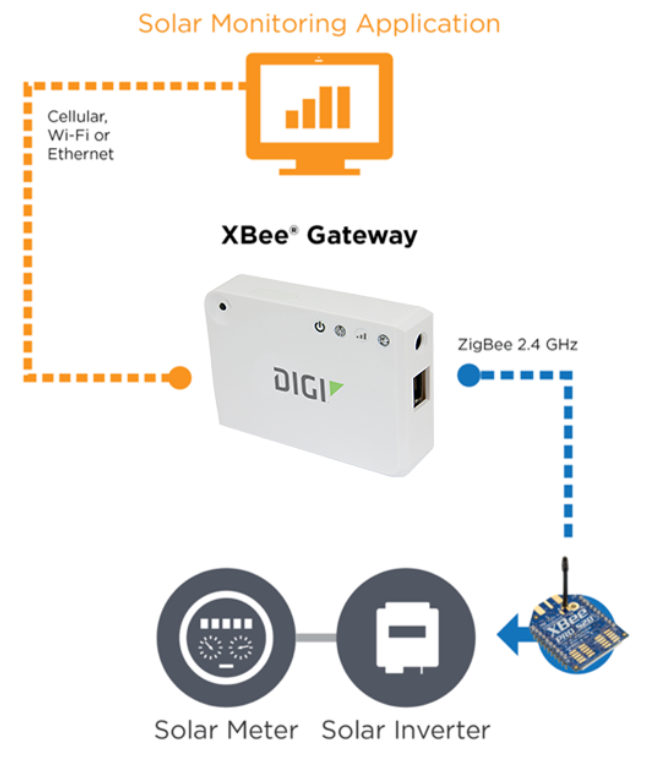
Devergy 电网的通信网络采用Digi XBee® 技术。数百个节点通过 XBee 连接,使太阳能微电网变得智能、经济和易于管理。它们还依靠Digi 网关实现 Zigbee 转 GPRS 功能,使 Devergy 能够更快地向市场提供服务。在 Digi 产品的帮助下,Devergy 提供了一种清洁、可再生和可靠的能源,而且价格更加低廉。
您可在此阅读 Devergy 的完整报道。
IoT 太阳能的应用领域非常广泛,而且还在不断增长。这些用例概述了各行各业的创新者正在开发的太阳能项目。
下一步工作